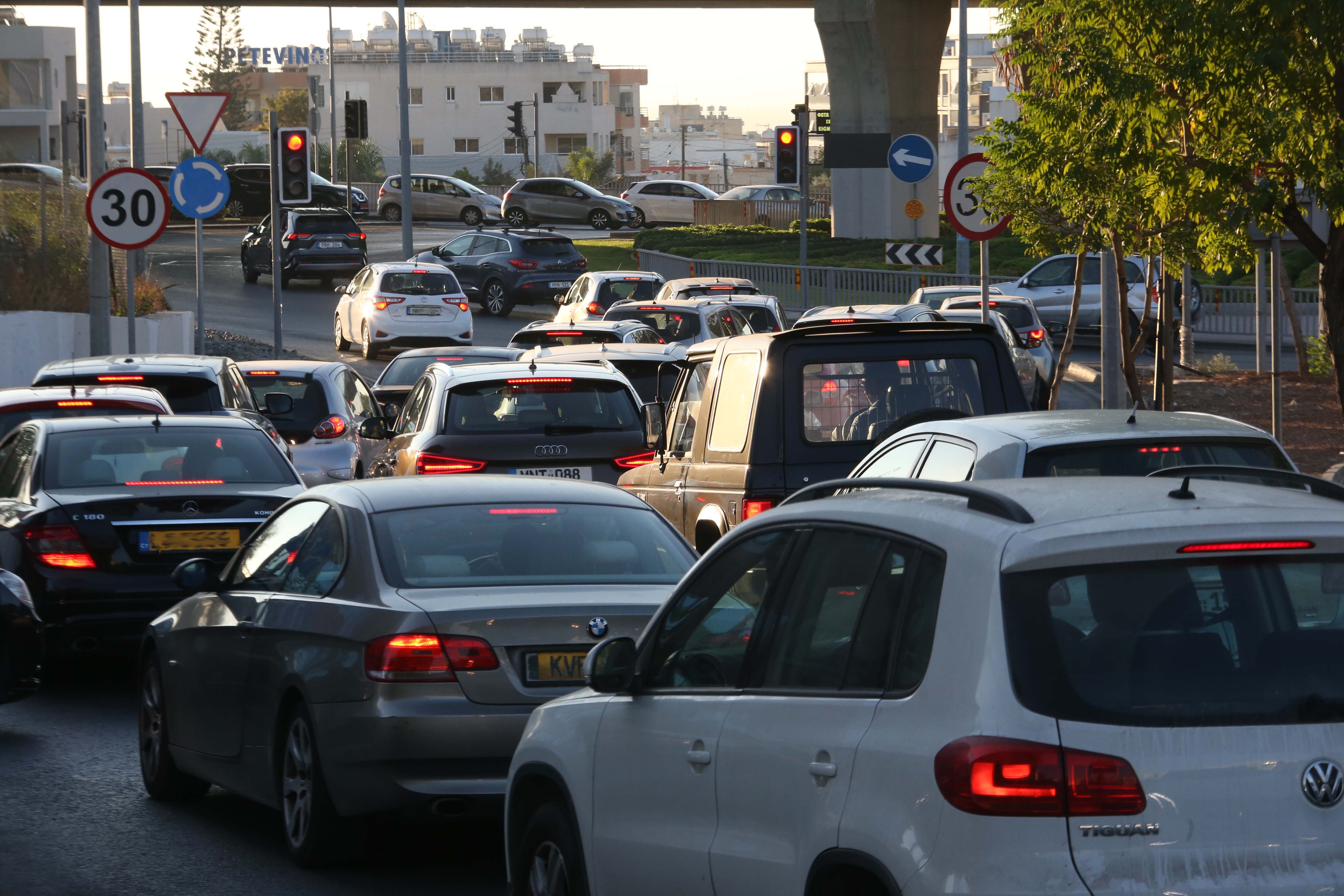With all the talk going on over the past months regarding the ‘grey area’ of recalls – namely the ‘grey cars’ – it is becoming more evident that those in key positions are not seeing the forest for the trees.
Whenever the issue of recalls comes up and what has and – more importantly – what hasn’t been done to keep motorists safe from exploding airbags or wonky brakes, Transport Minister Alexis Vafeades goes into a tirade about the grey cars.
Making his point recently, the minister said there were currently 400,000 cars on Cyprus roads that had been imported secondhand – the said grey cars – for which no one seemed to be willing to take responsibility.
The issue of grey cars in itself is not a problem and is present all over Europe, however Cyprus’ number accounted for half the cars registered on the island with a population of barely a million.
Taking into consideration that there is no lack of dealerships of new cars in Cyprus and the fact that the percentage of cars imported secondhand to EU countries was drastically lower than Cyprus – so low that they didn’t even bother following up recalls – it makes us wonder what makes them so popular on a small island.
And, indeed, on an island where you can’t just buy a car and drive it across the border – you need to have it shipped over and pay much more than the price of couple of tanks of petrol and a sandwich to do so.
The transport minister commented recently on a report issued by the inquiry commission into recalls, especially those fitted with faulty Takata airbags. What stood out was that we are back at square one, regarding the recalls for ‘grey vehicles’. Vafeades said his European counterparts have told him that they do nothing about the grey cars. “But we can’t do that because we have 400,000 cars on the road that are grey cars.”
There is also no secondhand market in Cyprus like the ones you find in the UK and Europe, where you can get a decent car very cheaply.
And then we come to one of the dangerous side-effects, with vehicles that are off the grid, so to speak, zooming up and down the island without licences, MOTs, road tax or insurance. These are the vehicles that have been withdrawn and their ownership transferred for a low price to minimum wage earners so that they can get to their underpaid jobs.
Instead of blasting officials and departments for being incompetent – another chapter for another time – it may be time to revise the reason people go for the grey option or opt to commute ‘below the radar’.
Which is, of course, the cost – especially for those who can’t afford the basics.
According to Cystat, in 2024 the percentage of the population living at risk of poverty before including any social benefits and pensions was estimated at 34.2 per cent. That is one in three people. Those below the threshold were 17.4 per cent.
Yet those taking the decisions about the third of the population that can’t make ends meet are not driving grey cars, because they can afford brand new cars. In the end it all boils down to market conditions. Demand for ‘grey cars’ is high because they are affordable to the less well-off members of the population.







Click here to change your cookie preferences